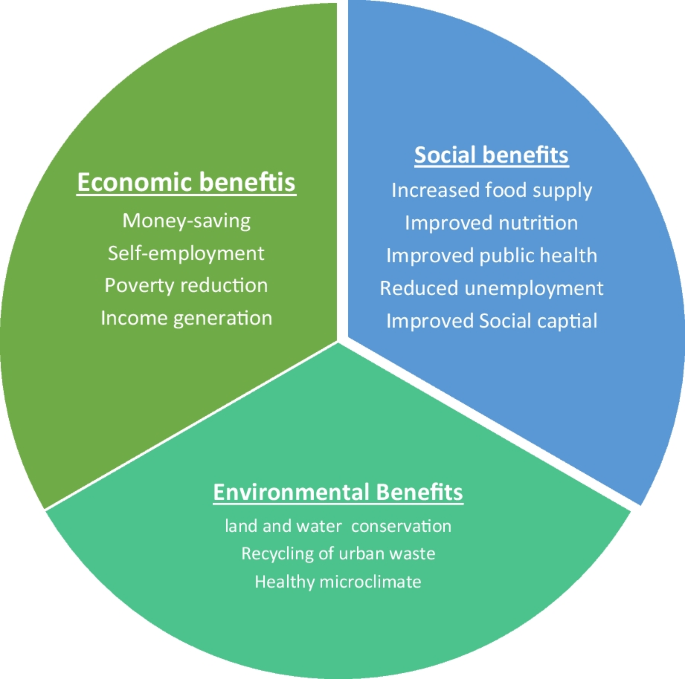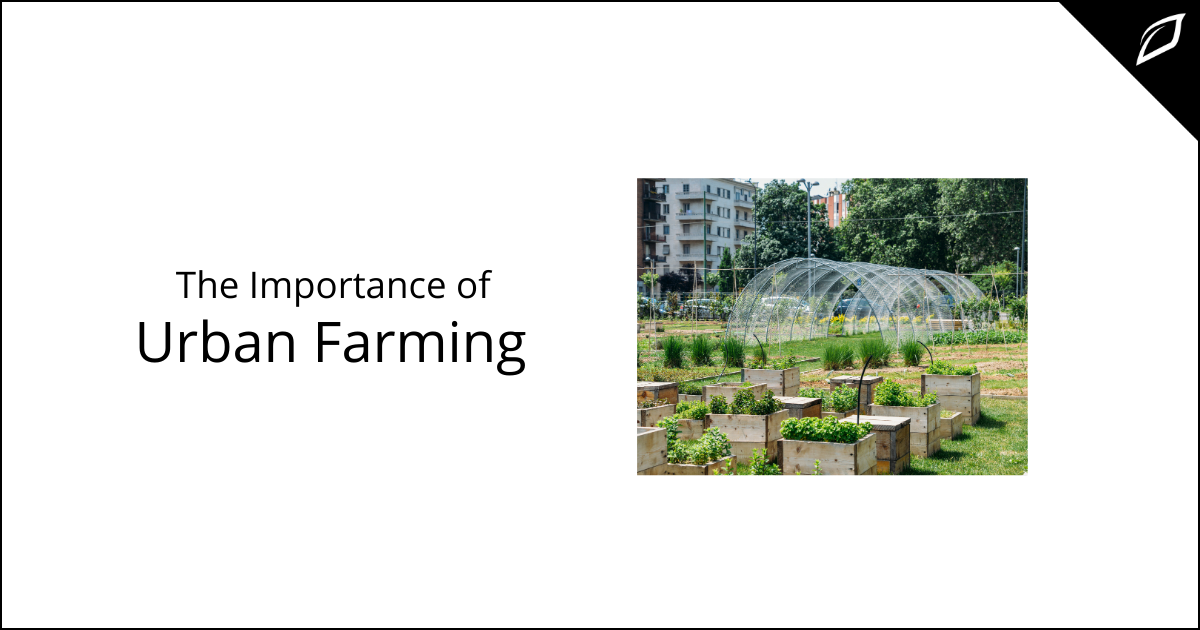5 Easy Facts About City Blooming Described
5 Easy Facts About City Blooming Described
Blog Article
More About City Blooming
Table of Contents9 Easy Facts About City Blooming ShownAll about City Blooming4 Simple Techniques For City BloomingAll about City BloomingSome Known Factual Statements About City Blooming
Urban yards often gain from warmer microclimates, enabling the cultivation of much less durable plants such as palms and bamboo. https://urlscan.io/result/30f9f5ff-c230-4af7-9b5e-fe8e674065f9/ usually located in warmer areas. And as we've said, don't simply go with little plants; tiny city gardens can handle big plants and trees and choosing these over small picky bushes will make the area feel larger and more interestingMake use of large containers they don't dry as swiftly as smaller pots, so they are less work to keep water. Pick hardscaping aspects for a metropolitan garden The organized lines, asymmetrical setup, and use contrasting materials in this London-based Victorian terrace's garden style produce a smooth link with the design, making it appear as an all-natural expansion of the overall aesthetic.
Plant vertically Cover the wall surfaces in greenery, whether that be beautiful mountain climbers that billow messily over your fence or something more had and contemporary like a living wall. Make the many of a light well yard Whitewashed walls and light floor tiles turn it from a dark and run down area into an area you 'd wish to hang out on a Sunday early morning with a cup of coffee.
City Blooming - An Overview
Upright farming and aeroponics permit plants to be grown in regulated settings, utilizing marginal room and resources. IoT-based ingenious horticulture systems allow remote monitoring and automation of horticulture processes. Urban farming applications and on-line resources offer valuable information, suggestions, and area support for metropolitan gardeners. A page from the London Municipal government site provides details concerning urban farming in London.
They have a goal to finish appetite in our generation by growing gardens on extra land in cities. They use a variety of sources to aid individuals obtain included in urban farming, including academic materials, horticulture tips, and a neighborhood discussion forum.

Getting The City Blooming To Work
Urban Growth is a community-led firm that deals with both communities and developers to develop a much healthier city. They are committed to sustainability, empowerment, and joy, and they believe that everybody has the power to make a difference. Urban gardening is an effective movement that brings nature back right into the concrete jungle.
Katy began at Horticulture Express with minimal understanding of horticulture, but under the mentorship of Chris Bonnett and the various other gardening experts in the business, she now has over 2 years of experience in the cultivation industry. Katy has actually edited 300 articles on subjects such as plant care, yard designs, garden style, and maintenance.
Katy's goal is to assist beginners and skilled gardeners alike develop and enjoy their own welcoming outdoor rooms easily.
Community gardens are semi-public spaces shared by a neighborhood of next-door neighbors and other people where they collectively participate in growing fruits, vegetables, or blossoms, sharing labor and harvest. It's wonderful to get associated with these lasting tasks as they're just as advantageous for you, the neighborhood, and the atmosphere. Area gardens are found in areas, however can additionally be created read more in institutions, property lands, or organizations, such as healthcare facilities.
Indicators on City Blooming You Should Know
Several of the ecological advantages of area yards include: Restoration of vacant land and communities by repurposing themProduction and upgrading of water infiltration and other ecological community servicesPromotion of biodiversity by planting indigenous plantsEducating the community regarding horticulture, city farming, and their benefitsReduction of food transportation minimizing air pollutionPromotion of sustainable agriculture practicesFostering social inclusionThe above ecological benefits reveal the general value of neighborhood gardens and their contribution to offering habitat for organisms and food to the citizens, removing food insecurity.
Area yards add to achieving these goals as they are obtainable to all despite course, age, sex, education, line of work, and so on, and play a massive function in raising understanding and understanding about gardening and city farming among the people. Neighborhood gardens highlight a demand for city slicker to go back to nature.

And also, it gets rid of food instability in communities which is a worthy goal. Working in a shared yard allows a return to real worths.
City Blooming Can Be Fun For Anyone
A few of the environmental advantages of community yards include: Remediation of vacant land and ecological communities by repurposing themProduction and upgrading of water infiltration and other ecosystem servicesPromotion of biodiversity by growing native plantsEducating the area about horticulture, metropolitan agriculture, and their benefitsReduction of food transportation minimizing air pollutionPromotion of sustainable farming practicesFostering social inclusionThe over environmental benefits reveal the overall value of neighborhood yards and their payment to providing environment for microorganisms and food to the residents, eliminating food instability.
Neighborhood gardens add to accomplishing these objectives as they come to all no matter class, age, sex, education and learning, occupation, etc, and play a huge role in increasing awareness and understanding regarding gardening and city agriculture amongst the citizens. Community gardens highlight a need for city slicker to return to nature.
A method to obtain closer to nature by complying with environmentalist valuesSpaces of social diversity where conviviality and exchanges aboundPlaces that advertise the integration of disadvantaged groups or individuals with impairments into the social fabricA means to boost your living setting (for people living in homes and having little eco-friendly space at their disposal)A location of area enjoyment, to hold social events and outside partiesThe possibility to expand veggies, fruits, and natural herbs at reduced costAn chance to move and exercise in the fresh air by devoting a few hours a week to gardening and maintaining your yard plotThe opportunity to share and exchange with other individuals items from the harvestOpportunities to elevate awareness and educate individuals regarding ecological regard with techniques such as composting, organic gardening, rainwater harvesting, etc.
Having grown vegetables and fruits will strongly encourage you to eat more of them, which is not negligible for your way of life and wellness. Plus, it eliminates food instability in areas which is a worthy goal. Working in a shared garden allows a return to real values. The development of the customer culture, the absence of time, and many various other aspects lead us increasingly more in the direction of buying products in stores.
Report this page